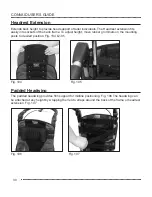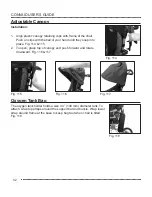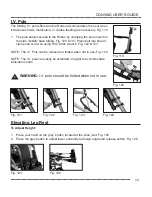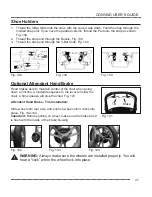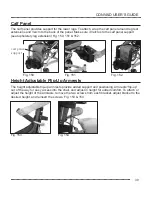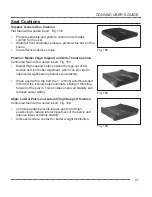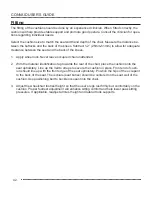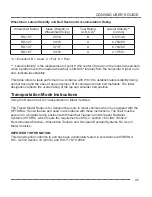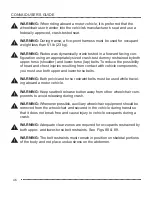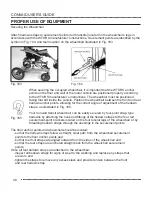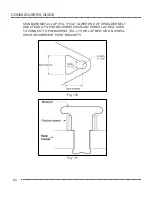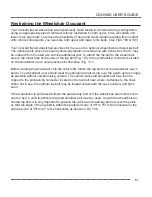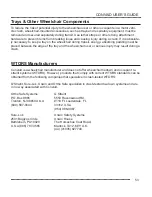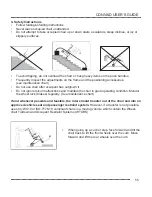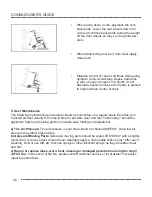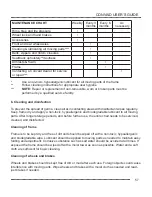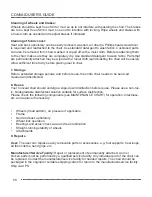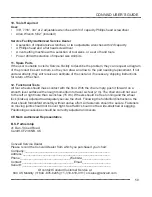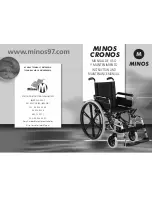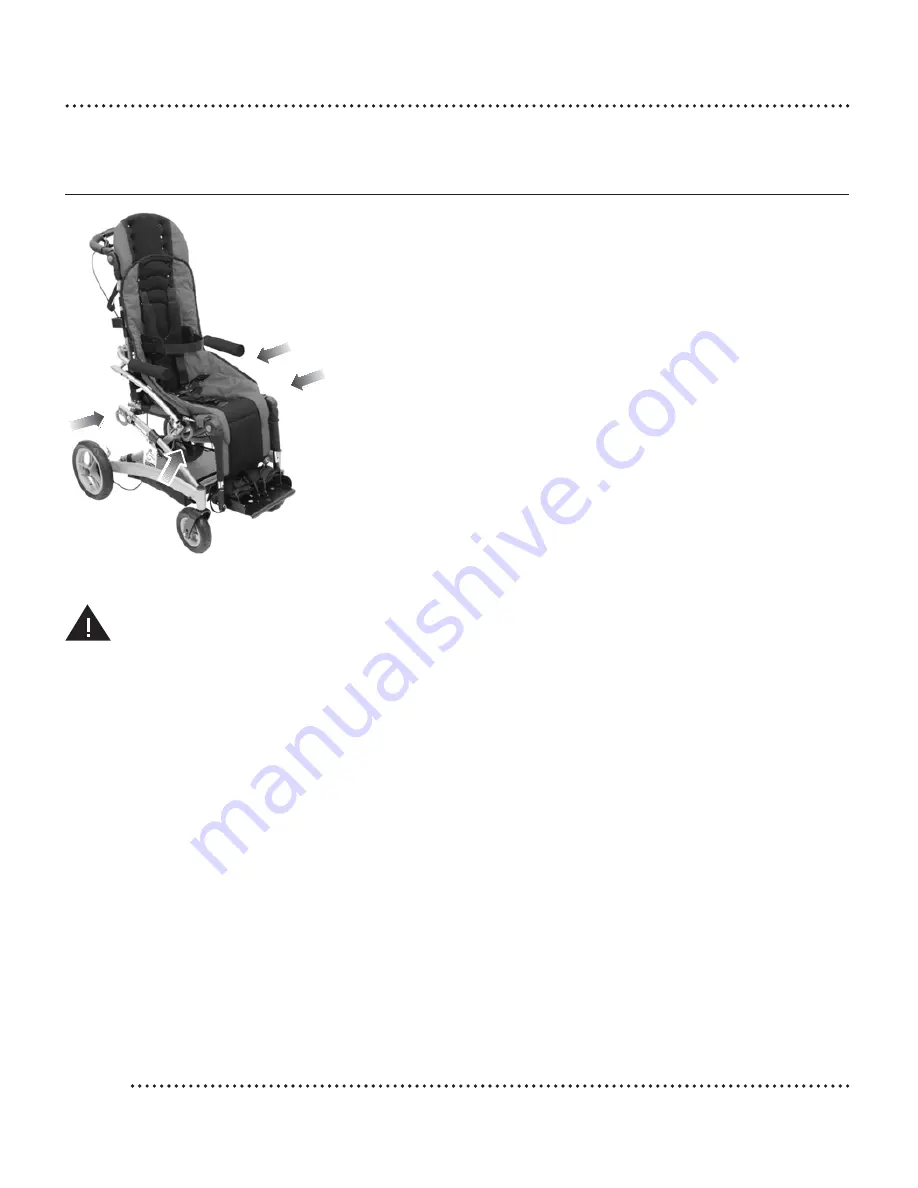
44
CONVAID USER’S GUIDE
Transit Option
The optional wheelchair transport model has been crash tested and
complies with the requirements of RESNA WC4:2012 section 19
and ISO7176-19:2008.
Rodeo With Seating
Rodeo Without Seating
Model RD10T 77/66 lbs
77/66 lbs
Model RD12T 77/66 lbs
77/66 lbs
Model RD14T 100/100 lbs
100/100 lbs
Model RD16T 170/140 lbs
170/130 lbs
To reduce possibility of injury, the head support must always be
used with the chair.
The following instructions should be followed to
minimize impact in case of crash:
1. Chair must be forward facing. All non-essential accessories
removed except when medically necessary.
2. Use only a tested, proven and compatible 4-point wheel-
chair tie-down system, and a 3-point occupant restraint sys-
tem (WTORS) in accordance with WC4-18 or ISO 10542-1.
3. The wheelchair tie-downs must be securely attached to the
four red anchor points on the chair. See arrows in above
photo for anchor points.
4. The occupant restraints must include a lap and shoulder
belt, secured directly to the Rodeo frame and side or roof of
the vehicle.
5. Wheelchair restraint manufacturers’ instructions must be
followed precisely to ensure intended performance.
WARNING:
Convaid
belts and shoulder
straps are for posi-
tioning only and are
not to be used as a
vehicle restraint
Note:
Do not over tighten this may cause damage to the frame.
1.
All floor tie-down straps must be drawn tight in the front and the back to eliminate any
forward/backward movement of the chair.
2. Wheelchair restraint manufacturers’ instructions must be followed precisely to ensure
intended performance.
Note:
Tray, storage basket, canopy and oxygen tank bag must be removed during
transport in bus or van, except when medically necessary.
Note:
Convaid recommends the use of all Transit Required Accessories during
transportation in a motor vehicle; which include the H-harness with 3-point pelvic belt (used for
positioning), Headrest Extension, and Foot Positioners. (only applicable to E1232)
Transit Models

